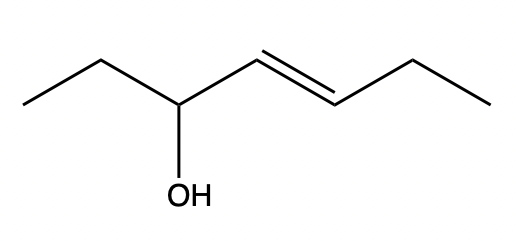- Download the worksheet to save time writing
- Start solving the practice problems
- If you're stuck, watch the video solutions
- See your summary to get more insights

Consider the following naturally occurring chiral (optically active) molecules.

Identify any stereogenic carbon atoms in the following molecules.
The molecule shown below contains only one asymmetric center but has four stereoisomers. Explain why.
Is the given compound achiral or chiral?
Show all plane/s of symmetry (if any) in the molecule below using dotted lines.

Is the following signboard with POP printed on it chiral?
Sketch the structure with the IUPAC name (1Z,3S,6E)-7-bromo-1-chlorohepta-1,6-dien-3-ol.
Provide the name of the following alkyne using IUPAC rules.

The structure of arformoterol, a drug used to treat chronic obstructive pulmonary disease (COPD), is shown below. Determine the absolute configuration of the asymmetric centers in the structure.

Each chiral center in a meso compound will always have opposing absolute configurations. As a result, a meso compound will always have an (R,S) or (S,R) configuration but never an (R,R) or (S,S). Why?
Identify whether a meso compound is a possible stereoisomer of the following compounds.
a. hexane-2,4-diol
b. heptane-2,6-diol
For the structure below:
i) Encircle the chiral centers.
ii) Label each chiral carbon as (R) or (S).
iii) Draw the internal plane of symmetry, if applicable.
iv) Classify as chiral or achiral.
v) Identify if it is a meso compound.

Although the following molecule contains atoms with four different groups attached, why is it not chiral?

Determine if (i) 1,5-dichlorocyclooctane and (ii) 2,4-dichloropentane have any achiral stereoisomers.
Consider the following molecules:
a. cis-1,3-dimethylcyclobutane
b. 2-bromobutane
For each compound, determine whether the molecule has an internal plane of symmetry. If it does, draw the plane of symmetry. If there is no plane of symmetry, determine whether the molecule is chiral or achiral.
From the list of the isomers given below, select all the structures which are:
(a) achiral compounds
(b) enantiomers
(c) diastereomers
(d) meso compounds



